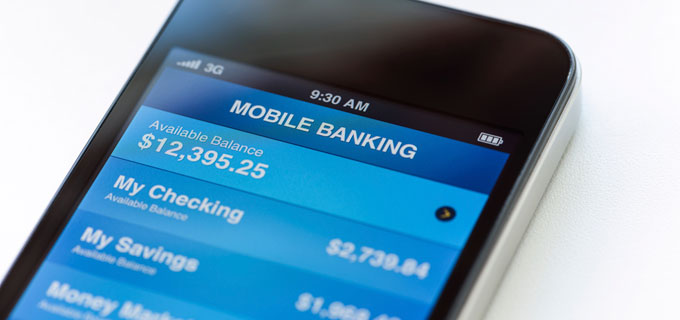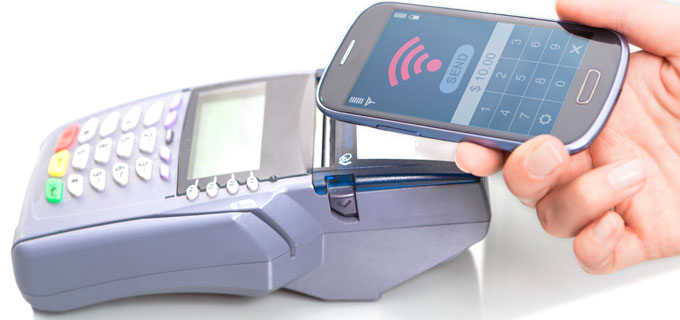
When it comes to consumer payments, the future is obviously mobile. But the "how" of mobile payments turns out to be rather complicated.
I recently had the opportunity to participate in the Annual Conference of the Payments Association of South Africa. Systemic comparison is one key benefit of such an experience. Here we have two resource-driven economies of roughly similar size, similarly large physical distances but markedly different population demographics. The retail payments systems are diverging, rather than converging. This highlights the obvious point that payment systems are shaped by people's habits, not by economics.
Consider, for example, some simple comparisons between bank account ownership and mobile phone ownership. According to the World Bank, Australia is one of the most heavily banked populations on earth, with a 99% banking rate in 2012 - that is, 99 out of 100 Australians over the age of 15 had a bank account in 2012. South Africa, by contrast, has a 54% banking rate, and therefore a large community that is still cash-based. Now let's look at mobile phones: the "phoned" rate in Australia is a healthy 106%; in South Africa, 135%. Yes, every person in South Africa has a mobile phone subscription, and every third person has two. If you suspect the interaction of these two comparison pairs leads to different payment evolutions, you would be right.



